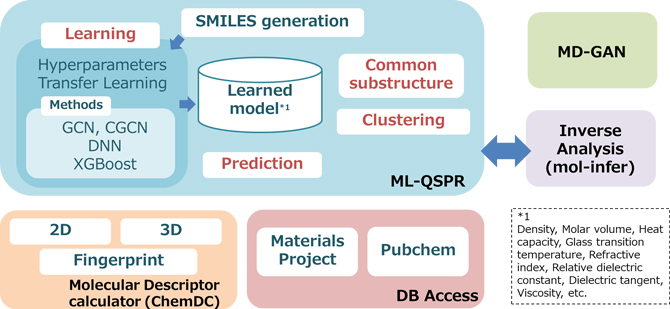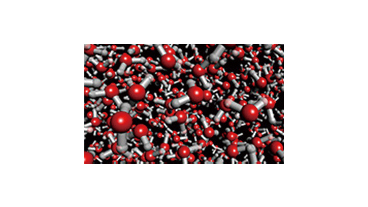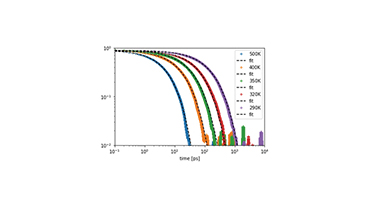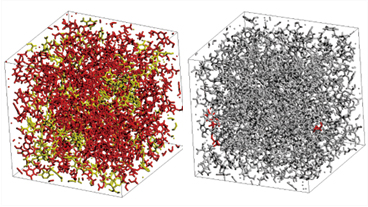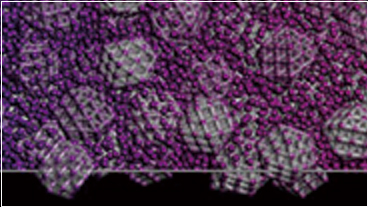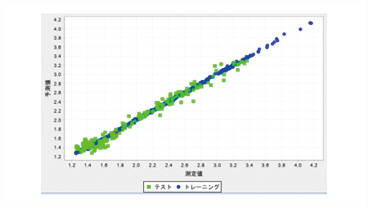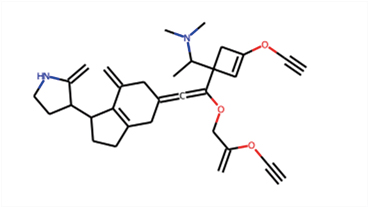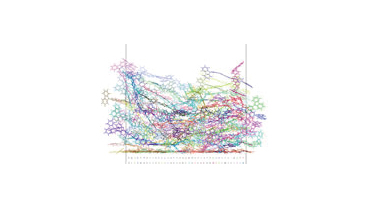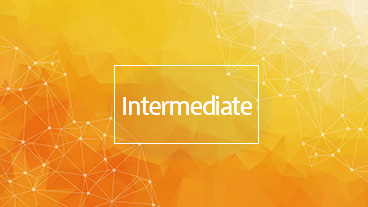Do you face any of these challenges?
- Looking to apply simulation technologies to the development of semiconductor device materials but unsure how to proceed
- Wanting to adopt data-driven approaches in semiconductor materials development but hindered by a lack of skills or data
- Seeking to accelerate collaborative development with peers or cross-industry partners by leveraging DX-based technologies
Comprehensive Software Suite and Robust Support to Realize Materials DX
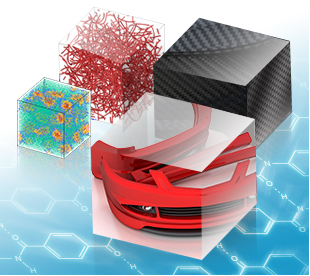
In the semiconductor industry, there is a growing demand for advanced materials that enable next-generation devices, from power electronics to high-performance packaging. Key challenges include optimizing electronic, thermal, and interfacial properties, as well as controlling manufacturing processes such as lithography, deposition, and etching. Evaluating these materials requires consideration of their multiscale characteristics and the integration of diverse simulation and experimental techniques.
JSOL offers a broad portfolio of simulation and AI technologies essential for the development of such advanced semiconductor materials. Each software package is designed for ease of use, and our expert support services—built on extensive experience—help even first-time users quickly integrate these tools into their work and research.
Our J-OCTA is built on OCTA, an open-source platform developed through a national industry–academia collaboration project in Japan. Today, it is widely used by manufacturing companies and research institutions worldwide. By leveraging the open-source community, we create opportunities for user-to-user communication and collaboration directly through JSOL’s software.
When required, JSOL can also coordinate and support the creation of research frameworks that bring together companies, universities, and other partners—empowering joint innovation in materials development for the semiconductor sector.
Comprehensive Software Suite and Robust Support to Realize Materials DX
- 01. Proven Track Record in Industry and Academia
- 02. Software for Multiscale Simulation
- 03. Software for Materials Informatics
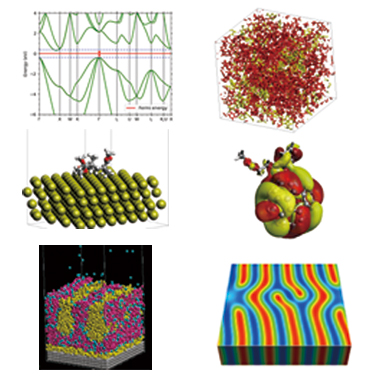
In the semiconductor industry—covering a broad range of applications such as bandgap engineering, electron transport at the microscopic scale, characteristics of oxide films and junction interfaces in SiC power devices, organic/inorganic interfaces, resist films and lithography including DSA and absorption spectra, wettability in cleaning processes, CVD and etching processes, thermal-curable resin nanocomposites and thermal conductivity for encapsulation (underfill) processes, and phase separation in organic semiconductors for devices such as organic thin-film solar cells—there is a growing demand for advanced materials that enable next-generation devices. Other important areas include thermal management materials, low-k and high-k dielectrics, advanced packaging materials, and interface adhesion control. Evaluating the properties of these materials requires considering their multiscale characteristics and manufacturing processes, as well as leveraging a wide range of simulation and experimental techniques.
With JSOL’s simulation software suite, you can run simulations tailored to each scale: from nanometers, capturing electronic states and molecular structures, to micrometers, modeling phase separation and composite materials. By linking these tools, it is possible to analyze the mechanisms behind the performance of advanced materials directly through simulation.
Today, there is growing demand for data-driven materials development using AI technologies, under concepts such as Materials Informatics and Process Informatics. JSOL’s AI-enabled software allows you to predict properties based on molecular and crystal structures, composition ratios, and processing environments—and even perform inverse design. When experimental data is scarce, high-throughput simulations can be executed to supplement datasets and accelerate discovery.
01Proven Track Record in Industry and Academia
Use Cases
02Software for Multiscale Simulation
In materials design, it is essential to determine which scale—from nanometers to micrometers—has the greatest impact on material properties.
No single simulation method can cover all scales and phenomena. That’s why we offer multiscale-ready software, combining multiple engines (solvers) into a single materials design solution.
This enables comprehensive simulation capabilities to analyze the multiscale characteristics of a wide range of materials.
Learn more on each product’s dedicated page.
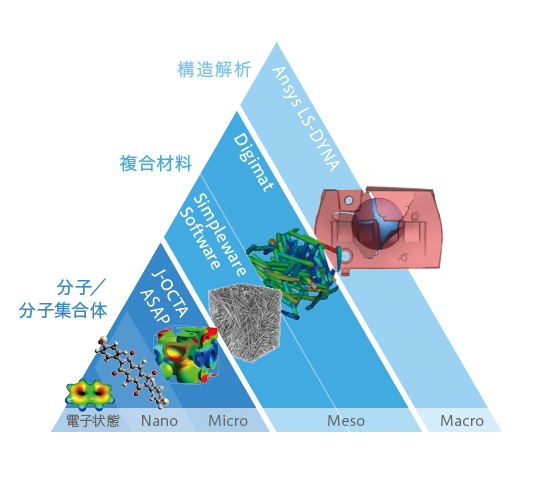
03Software for Materials Informatics
J-OCTA MI-Suite includes machine learning capabilities for predicting material properties using molecular/crystal structures and various conditions as explanatory variables, along with related features such as molecular descriptor calculations, access to public databases, and analysis of each variable’s contribution.
When experimental data are insufficient, the software can supplement them with simulation results. It also provides API functionality to support database construction using physical simulations.
Data selection and learning condition settings for machine learning can be performed via dialogs, without the need for programming. Multiple pre-trained models are included, allowing users to start Materials Informatics projects even without their own data.
